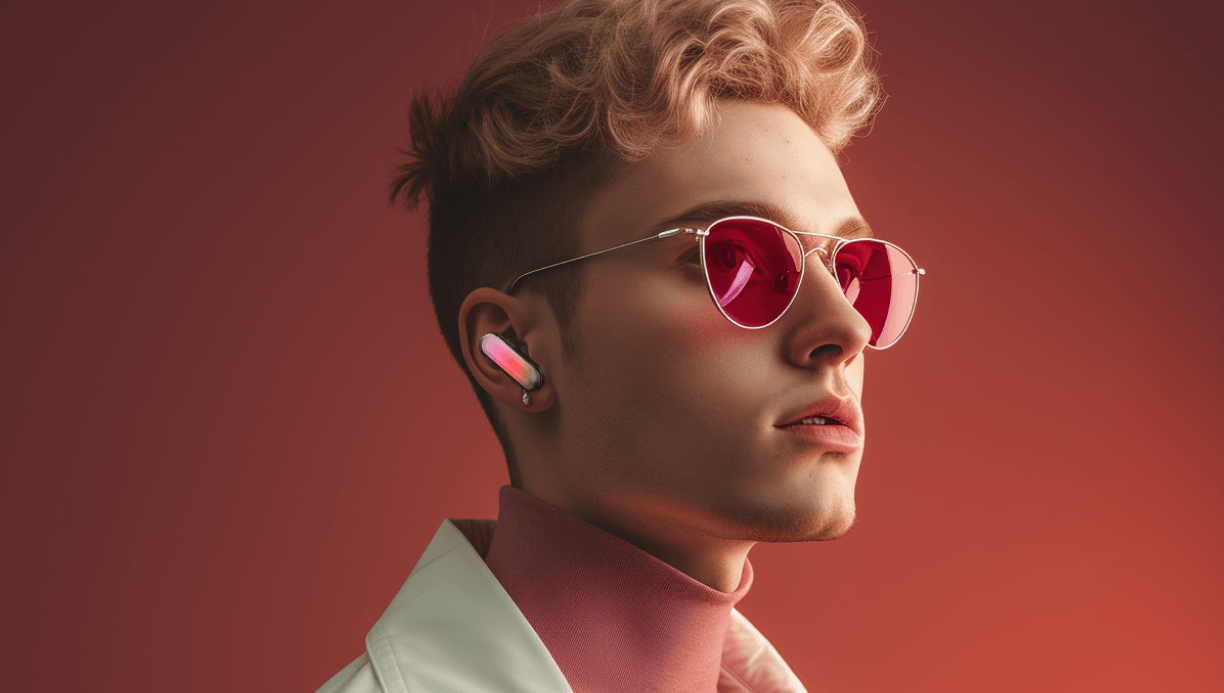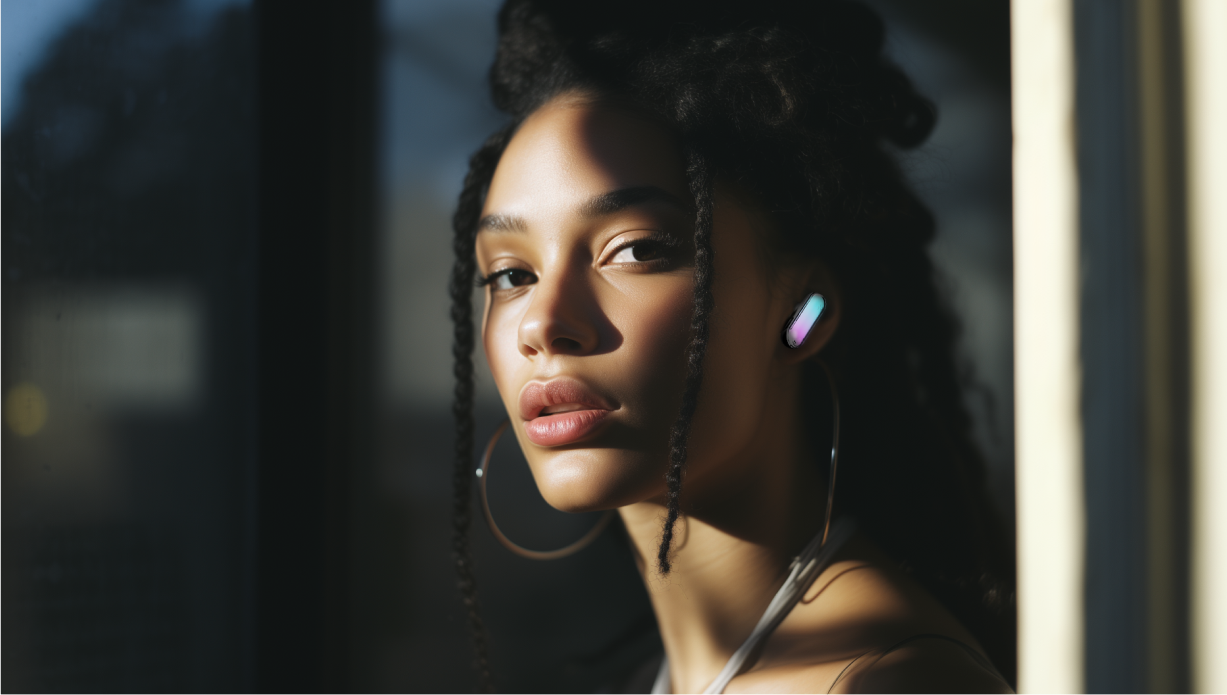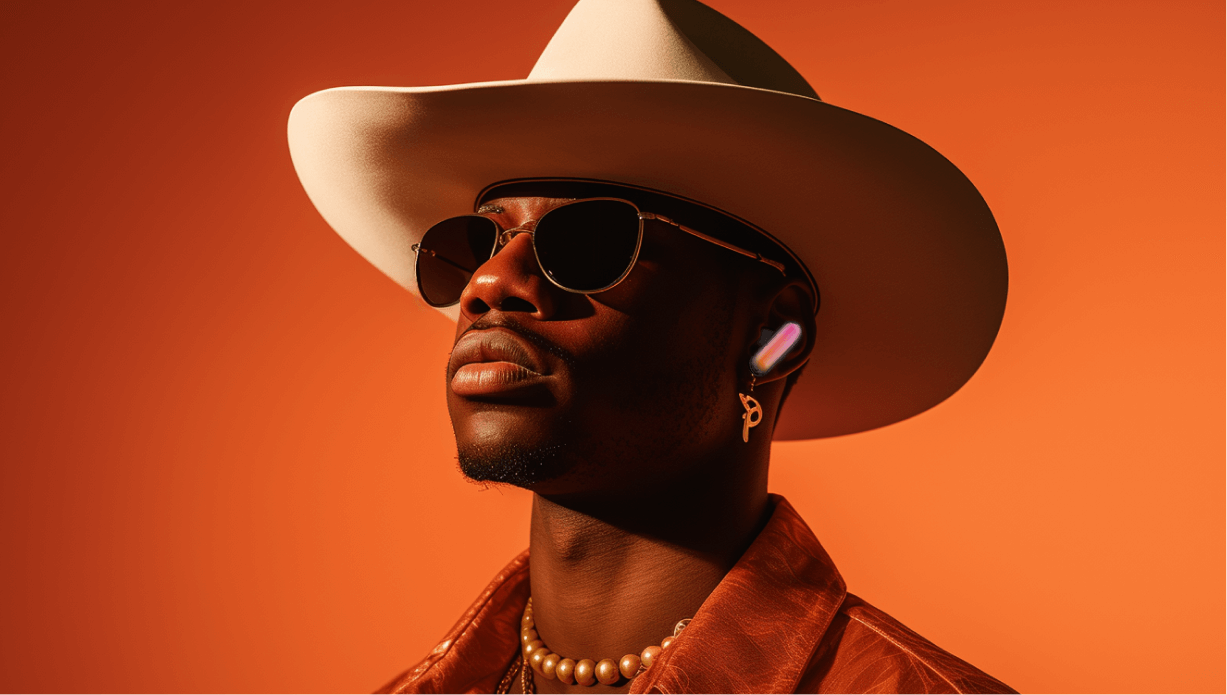Frequently Asked Questions (FAQs) When Buy Earbuds
Here are some questions summary of frequently asked questions-Bluetooth Headphones/earphones (FAQ) that people often ask me for your reference.
I don't know if you have found that there are very few high-end semi-in-ear models. Semi-in-ear earphones have two fatal disadvantages: poor low-frequency sensitivity and difficulty in noise reduction because of the airtight ear canal. The two biggest factors that drive up the price of earphones are sound quality and noise reduction. So the half-in-ear Bluetooth headset is aimed at "pragmatists" who pay attention to wearing comfort. It is comfortable to wear and listen to loudly. On the contrary, in-ear earphones have more room for development in terms of sound quality and noise reduction. Even if you don't do anything, they are also better than semi-in-ear earphones. However, the comfort of the ear will decrease as the wearing time increases. Many businesses will give away multiple sets of earphones of different sizes. The shape of earphones has been changed and changed, just to make up for this problem.
Many people ask me this question. At present, all mobile phones support SBC decoding, and the IOS system supports AAC decoding. The difficulties are mainly in APTX decoding and LDAC decoding. Decoding can generally be found in developer options. Or it will also be marked in front of the device manual and packaging box of your mobile phone.
Some mobile phones can't find the developer option, and the mobile phone box is also lost. You can go to the official website of the mobile phone to see the parameters. This is the most direct. You can check the APTX decoding on the APTX official website, click Products in the upper right corner, and enter your mobile phone model to query (in English).
If you just buy a Bluetooth headset, you don't need to pay much attention to impedance and sensitivity. The current generated by the Bluetooth headset is not large because of its battery. If the impedance is too high, the headset will not sound at all. So basically all Bluetooth headsets are low resistance. As for other parameters, the actual listening feeling of earphones will be more important than this data, and we just need to buy a pair of earphones that are easy to use. There is no need to be an expert on earphones.
First, define a concept - current ≠ bottom noise. It is recommended to distinguish between current noise and bottom noise in this case. The method is as follows: first, reduce the volume to the minimum. If you hear abnormal noise, gradually increase the volume. If the abnormal noise increases with the volume, it is the current noise, and vice versa, it is the bottom noise. The current noise is a product quality problem, and the bottom noise is caused by many reasons. It's electric noise that can be sold after sales. The brand generally doesn't care about the bottom noise.
In fact, the earphone brands that buy big noise can't sell. To improve this problem, they need to reprocess their chips, which is equivalent to making a new product. The reasons for the formation of background noise are also complex and are related to signal interference, mobile phone models, headset chip, etc. The bottom noise of Bluetooth earphones is only small. For some particularly low-end models, the problem of bottom noise is not even considered by the manufacturer. That's why I think we should buy "cheap" instead of "cheap". The earphones I recommend below are also earphones that I have measured by myself and have low noise problems.
I don't know if you have found that there are very few high-end semi-in-ear models. Semi-in-ear earphones have two fatal disadvantages: poor low-frequency sensitivity and difficulty in noise reduction because of the airtight ear canal. The two biggest factors that drive up the price of earphones are sound quality and noise reduction. So the half-in-ear Bluetooth headset is aimed at "pragmatists" who pay attention to wearing comfort. It is comfortable to wear and listen to loudly. On the contrary, in-ear earphones have more room for development in terms of sound quality and noise reduction. Even if you don't do anything, they are also better than semi-in-ear earphones. However, the comfort of the ear will decrease as the wearing time increases. Many businesses will give away multiple sets of earphones of different sizes. The shape of earphones has been changed and changed, just to make up for this problem.
Many people ask me this question. At present, all mobile phones support SBC decoding, and the IOS system supports AAC decoding. The difficulties are mainly in APTX decoding and LDAC decoding. Decoding can generally be found in developer options. Or it will also be marked in front of the device manual and packaging box of your mobile phone.
Some mobile phones can't find the developer option, and the mobile phone box is also lost. You can go to the official website of the mobile phone to see the parameters. This is the most direct. You can check the APTX decoding on the APTX official website, click Products in the upper right corner, and enter your mobile phone model to query (in English).
If you just buy a Bluetooth headset, you don't need to pay much attention to impedance and sensitivity. The current generated by the Bluetooth headset is not large because of its battery. If the impedance is too high, the headset will not sound at all. So basically all Bluetooth headsets are low resistance. As for other parameters, the actual listening feeling of earphones will be more important than this data, and we just need to buy a pair of earphones that are easy to use. There is no need to be an expert on earphones.
First, define a concept - current ≠ bottom noise. It is recommended to distinguish between current noise and bottom noise in this case. The method is as follows: first, reduce the volume to the minimum. If you hear abnormal noise, gradually increase the volume. If the abnormal noise increases with the volume, it is the current noise, and vice versa, it is the bottom noise. The current noise is a product quality problem, and the bottom noise is caused by many reasons. It's electric noise that can be sold after sales. The brand generally doesn't care about the bottom noise.
In fact, the earphone brands that buy big noise can't sell. To improve this problem, they need to reprocess their chips, which is equivalent to making a new product. The reasons for the formation of background noise are also complex and are related to signal interference, mobile phone models, headset chip, etc. The bottom noise of Bluetooth earphones is only small. For some particularly low-end models, the problem of bottom noise is not even considered by the manufacturer. That's why I think we should buy "cheap" instead of "cheap". The earphones I recommend below are also earphones that I have measured by myself and have low noise problems.







Leave a comment